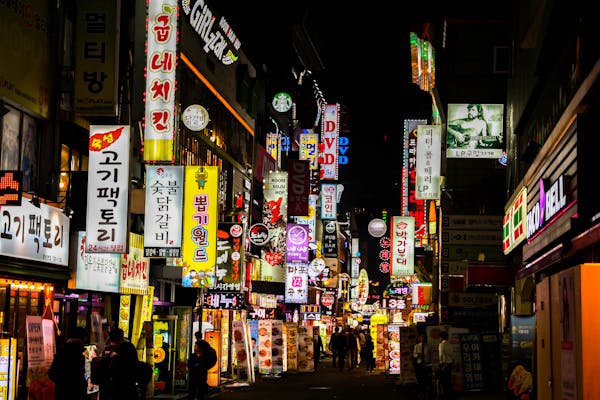The Various Forms of Digital Artwork

Digital (or virtual) artwork is a growing trend and it isn’t surprising given the number of things that technology can do now. Think of all the recent Hollywood films that used CGI technology and it is easy to see how digital art becomes a real thing. There are a number of ways to produce this kind of art, too, as you will see.
Digital Photography
Digital photography is probably the first art form you think of when you think in terms of digital art. Digital cameras have been around for a few decades now and artists of the photographic medium have bioptimizerscouponcode.com gradually moved away from traditional photography to digital. Along with capturing stunning imagery with a digital camera, there is an abundance of editing software that adds several new dimensions to a single shot.
There are also tools that allow you to enhance the colors of a digital photo, something you really could not do before with traditional photography. Additionally, when you load digital photographs into a digital picture frame, you can change the photos as often as you like, giving viewers a chance to view something different every few seconds.
Digital Signage Technology
A newer and more recent approach to digital art incorporates the use of the same technology used in digital signage. Using the same technology offered by digital signage providers, artists are able to create impressive displays of moving imagery subject to change at any moment.
The biggest difference between this and the digital photography in a digital frame previously mentioned is that the digital signage art requires design software and a digital drawing pad to create the work first (instead of a digital camera). The work is just as intense as creating a real painting on physical canvas, except that it can be programmed to move in different ways. Traditional paintings can’t do that.
Digital Art Via CAD Computers
Engineers are, in a sense, artists too. They spend years sitting in front of a special CAD computer to design things. While much of what they do comes out looking technical, they can use these same computers to create amazing artwork.
Some engineers actually do that in their spare time, and the results are incredibly vivid, almost dream-like images of both familiar and unfamiliar objects. They can choose to keep these images on a computer screen for display, project them onto walls, or print them like lithographs and frame them.
Laser Pointer Art and Fiber Optic Art
An equally recent development in digital art is the use of lasers. It might incorporate fiber optics, or it may just use thousands of laser pointers that are connected to a computer programmed to light up and point the lasers in specific directions and patterns.
The resulting moving laser light show is a feast for the eyes and the imagination. However, this type of art has to incorporate a lot of technical know-how with lasers, lights, emissions, directions, etc. and therefore takes years to learn. Still, if you get the chance to attend such an exhibit, you may find it very intriguing.
As for fiber optics, these have been in use since the late seventies and early eighties for the purpose of creating color-changing light and oil lamps. Their use is shifted in practice and skill to create art that emits light outward over the surface of a canvas or other object with hundreds of tiny punched holes in it. When the light changes position and/or color in the fiber optic strands, the whole mood of the artwork changes too.








